The Best Greenhouse Walls Materials For
Title: The Best Greenhouse Walls Materials for Your Growing Needs
Introduction:
A greenhouse is a great way to extend your growing season and grow plants that would not otherwise be able to thrive in your climate. However, the type of material you use for the walls of your greenhouse can have a big impact on its performance.
In this blog post, we will discuss the different materials that are commonly used for greenhouse walls, and the pros and cons of each. We will also help you choose the best material for your specific needs.
Main Content:
Glass
Glass is the traditional material for greenhouse walls. It is clear, allowing in plenty of light, and it is relatively durable. However, glass can be expensive, and it can be easily broken.
Polycarbonate
Polycarbonate is a newer material that is becoming increasingly popular for greenhouse walls. It is almost as clear as glass, but it is much stronger and more durable. Polycarbonate is also more lightweight than glass, making it easier to install.
Fiberglass
Fiberglass is another good option for greenhouse walls. It is not as clear as glass or polycarbonate, but it is still very light and durable. Fiberglass is also a good insulator, which can help to keep your greenhouse warm in the winter and cool in the summer.
Polyethylene
Polyethylene is the most affordable option for greenhouse walls. It is not as clear as glass or polycarbonate, but it is still a good choice for plants that do not need a lot of light. Polyethylene is also very lightweight and easy to install.
Woven Plastic
Woven plastic is a good option for greenhouse walls if you need a material that is both durable and breathable. It is not as clear as glass or polycarbonate, but it still allows in plenty of light. Woven plastic is also a good choice for greenhouses that are located in windy areas.
Choosing the Best Material
The best material for your greenhouse walls will depend on your specific needs and budget. If you need a material that is clear and durable, then glass or polycarbonate are good options. If you need a material that is affordable and lightweight, then polyethylene or woven plastic are good choices.
Conclusion:
The best greenhouse walls material for you will depend on your specific needs and budget. By considering the factors we have discussed in this blog post, you can choose the material that is right for your greenhouse.
There are many different materials that can be used for greenhouse walls, each with its own advantages and disadvantages. Some of the most common materials include glass, fiberglass, polyethylene film, and polycarbonate.
- Glass is the most transparent material, allowing in the most light. However, it is also the most fragile and expensive.
- Fiberglass is less transparent than glass, but it is stronger and more affordable. It is also a good insulator, which can help to keep the greenhouse warm in the winter and cool in the summer.
- Polyethylene film is the least expensive material, but it is also the least durable. It is also not as transparent as glass or fiberglass, so it may not be the best choice for growing plants that need a lot of light.
- Polycarbonate is a good compromise between transparency, durability, and affordability. It is also a good insulator, making it a good choice for greenhouses in cold climates.
To learn more about the different materials that can be used for greenhouse walls, visit Home Gardening.
FAQ of greenhouse walls materials
- What are the most common materials used for greenhouse walls?
The most common materials used for greenhouse walls are glass, polycarbonate, and acrylic. Glass is the most traditional material, but it can be expensive and fragile. Polycarbonate is a more durable and cost-effective option, and it also blocks UV rays better than glass. Acrylic is a lightweight and transparent material that is often used as a substitute for glass.
- What are the pros and cons of each material?
Glass:
Pros:
- Clear and transparent, allowing for maximum sunlight penetration.
- Durable and long-lasting.
- Can be recycled.
Cons:
- Expensive.
- Can be easily broken.
- Can transmit UV rays, which can damage plants.
Polycarbonate:
Pros:
- More durable than glass.
- Less expensive than glass.
- Blocks UV rays better than glass.
- Lightweight and easy to install.
Cons:
- Not as clear as glass.
- Can yellow over time.
Acrylic:
Pros:
- Lightweight and easy to install.
- Clear and transparent, allowing for maximum sunlight penetration.
- Can be recycled.
Cons:
Not as durable as glass or polycarbonate.
Can scratch easily.
Can yellow over time.
What factors should I consider when choosing a material for my greenhouse walls?
The following factors should be considered when choosing a material for your greenhouse walls:
- Budget: Glass is the most expensive material, while acrylic is the least expensive.
- Durability: If you live in an area with high winds or hail, you will need a more durable material, such as polycarbonate.
- UV protection: If you want to protect your plants from UV rays, you will need a material that blocks UV rays, such as polycarbonate.
- Ease of installation: Some materials, such as acrylic, are easier to install than others, such as glass.
- Appearance: The appearance of the material is also a factor to consider. If you want a clear and transparent material, glass is the best option. If you are looking for a more lightweight and easy-to-install material, acrylic is a good choice.
Image of greenhouse walls materials
- Polycarbonate: A strong and lightweight material that is easy to work with.

- Glass: A traditional material that provides good insulation and light transmission.
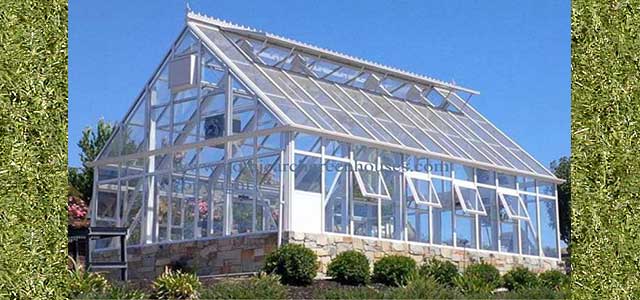
- Plastic film: A more affordable option that is still effective at protecting plants.

- Vinyl: A durable material that is resistant to weather damage.
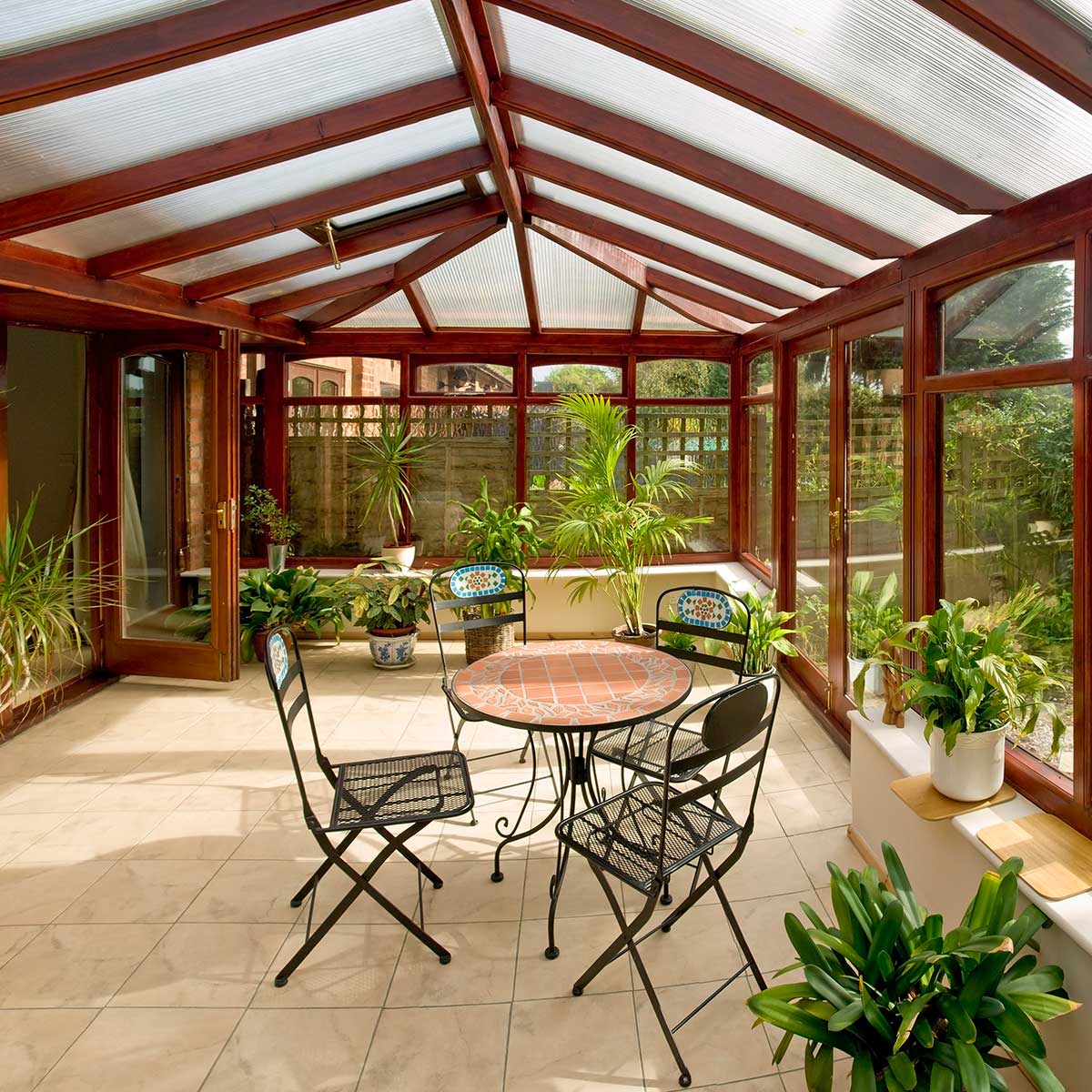
- Wood: A natural material that can add warmth and character to a greenhouse.

- Masonry: A sturdy material that can provide good insulation and pest control.
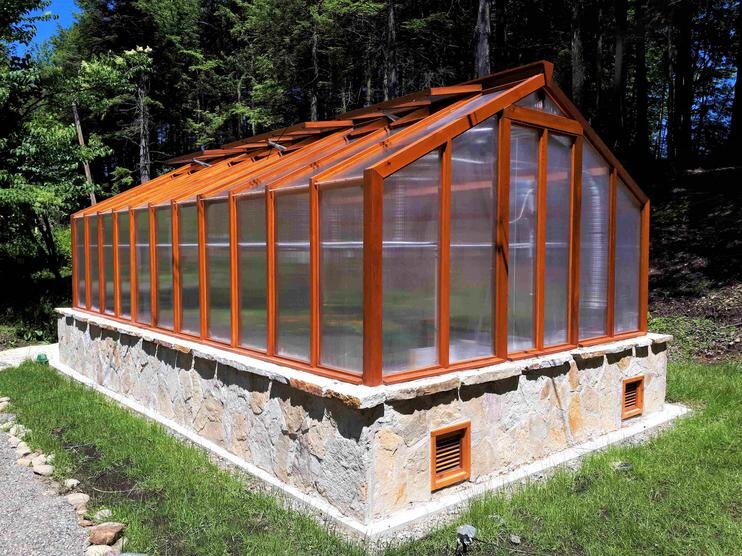
- Straw: A sustainable material that is easy to find and work with.
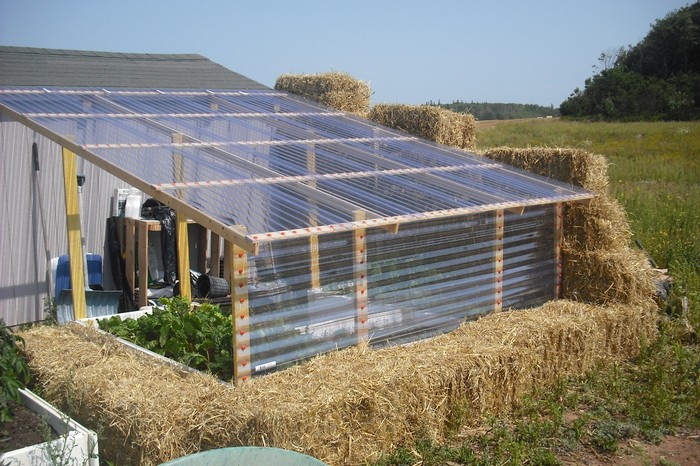
- Cardboard: A temporary option that is still effective at protecting plants.
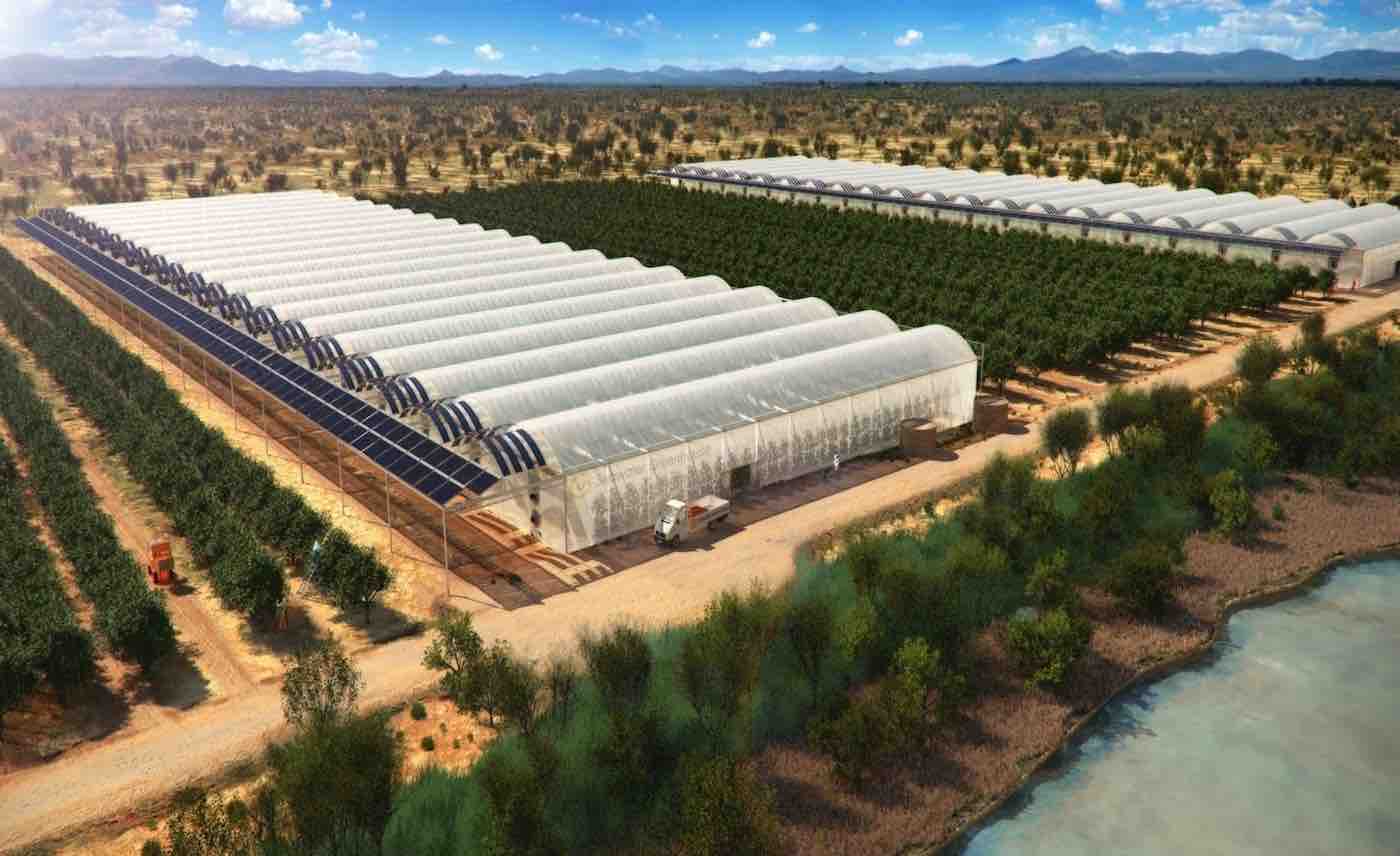
- Rubber: A durable material that is resistant to water and pests.
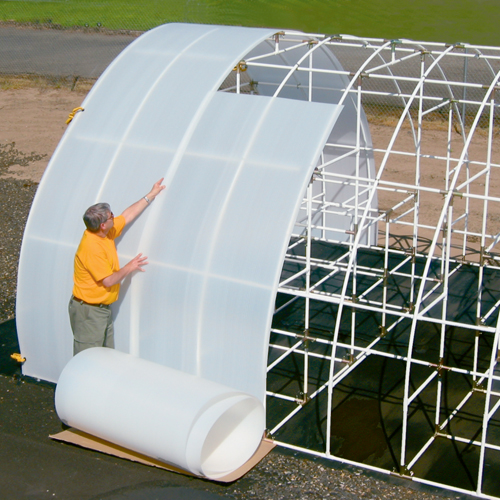
Post a Comment for "The Best Greenhouse Walls Materials For"